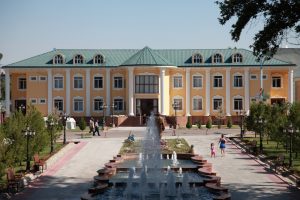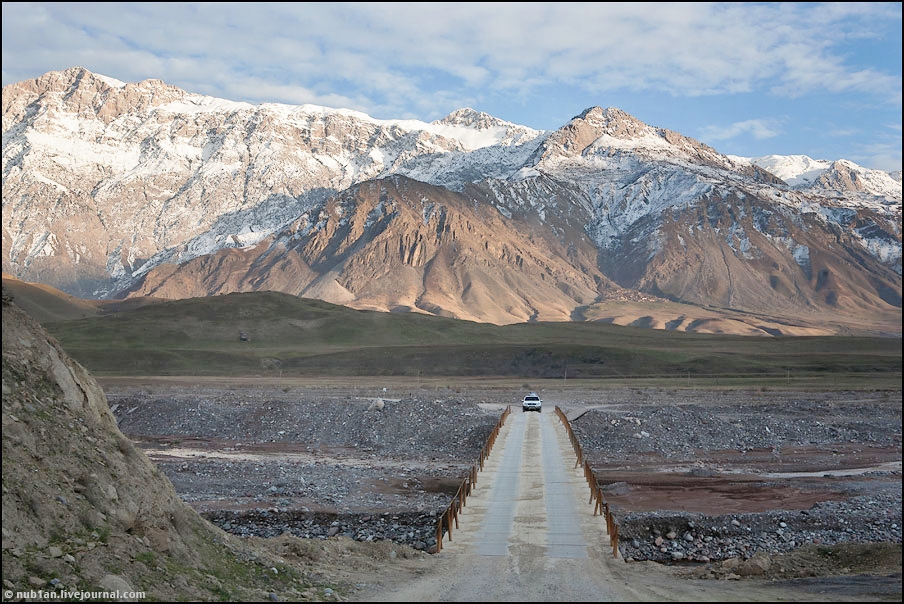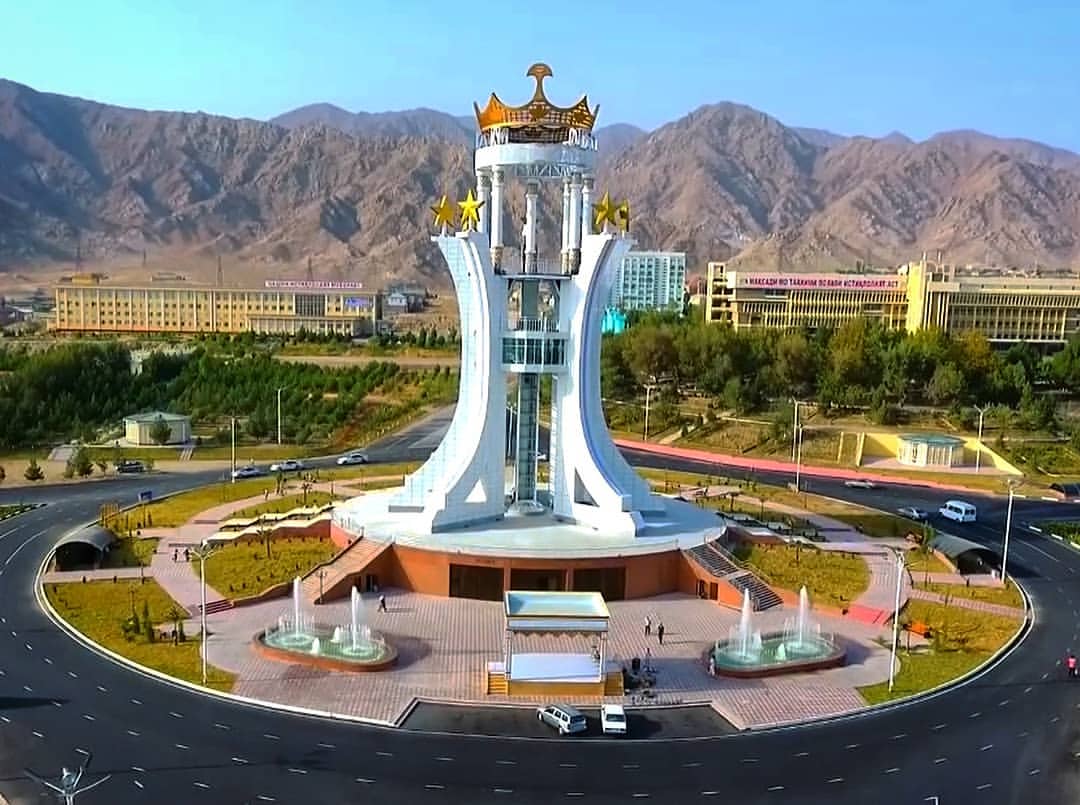The stone calendar is in the Yamg village of about 500-600 meter off the main road connecting Khorog to Langar. It is located at the elevation of 2805 meter above the sea level. This stone was laid by the famous Badakhshan scholar Muborak Wakhoni (1833-1903) to measure the arrival of Navruz (new day). A genius like Muborak spent his entire life from in his native village of Yamg to study and invent. These activities represent the tradition of learning, development of skills, and invention among the people of Badakhshan. The stone calendar of Sufi Muborakqadam consists of four sigh or pointer stones put in one row toward the sun at different intervals. The first stone is in his yard. It has a hole and called ‘oftobbin – meaning seeing the sun’.

On the arrival of Nawruz, at the sunset one sits on his knees near beside the oftobbin stone and watches through the hole. Through this hole, one looks at the second stone that is fixed on the hill like a window and called (amalkhona) – meaning application’. Looking through the hole of the window of the second stone into the third stone (consisting of two vertical stones and laid 5 meters further. It is called (darvoza) meaning gate, and forth stone called (chillasang) meaning ringtone, laying 200 meters away. At the point when the sun crosses the straight line of oftobbin, amalkhona, darwoza and chilasang, then one could accurately determine spring equinox day (21st of March), the arrival of Navruz.

Apart from the solar stone calendar, there is other stuff like a house, (chila-khona), a place for meditation for forty days, a solitary sell built by Sufi Muborak-i Wakhon, and the house museum which was named after him by the villagers. The museum has more than 550 exhibits and it consists of few rooms. It has a peshwoz (open veranda of the Pamir house), the entrance and ceiling of which are decorated with carved inscriptions and drawings. Objects such as a carpet weaving machine, tools of hunters and livestock breeders, traditional clothing and women’s jewelry are displayed in the museum. Mubarak’s own written work, his notes on chronology, and his own version of local calendar are preserved in one of the corners of the museum. The main part of the museum is a traditional Badakhshan house. The house is beautifully decorated with carvings; there are many inscriptions on its four columns and on the ceiling (chorkhona). The house has been decorated with special craftsmanship. The musical instruments of Muborak Wakhoni, created by his blessed hands, are of great interest. One of the most striking is the 12-string rubab made in the shape of a man.
Gallery






Travelling to Yamg
The village of Yamg is located on the main road connecting Khorog with Ishkoshim region. The village can be reached by shared taxi, jeep, from Khorog or Ishkoshim. Tourist activities in this village can include visiting the calendar stone, the house museum, a walk through the picturesque Yamg village on the banks of the Pyanj River. It can also include vsiting shrines, relaxing at home, watching dances and listening to traditional music are very interesting for tourists.




















